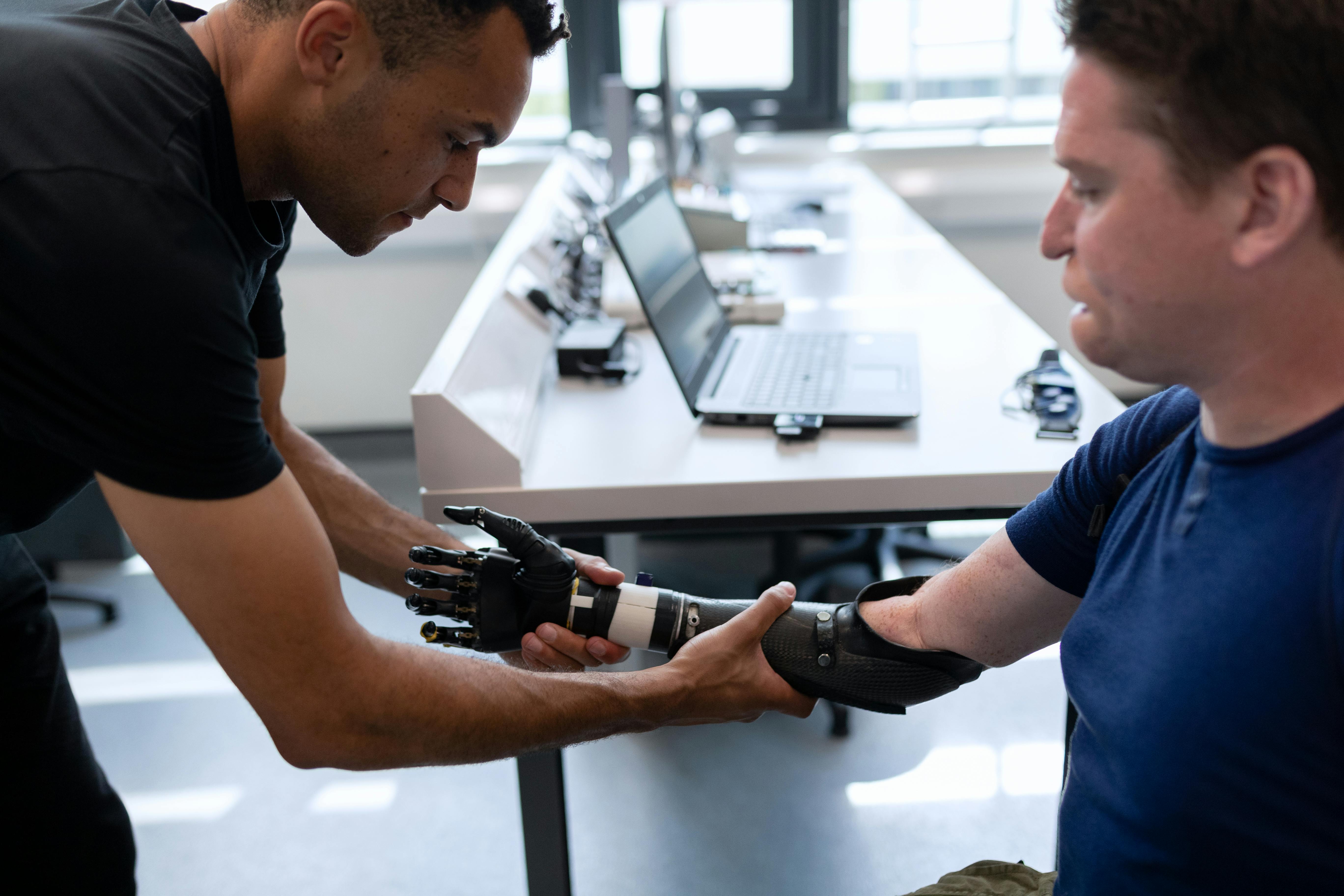
Target the lower lat tie ins
If you were to look at the physiques of the top ten finishers at any of the previous Mr. Olympia shows, you would probably see a wide variety of physiques. Some competitors would be tall, some would be short. Some would have physiques based on thick muscles, and others might offer a package of symmetry, lines, and grace. Most, if not all, would seem to have a feature you’d probably miss if you weren’t looking for it, but a feature attached nonetheless. It would be subtle but necessary, and something you will need to develop if you ever want to compete with the big boys, even in a local or regional bodybuilding contest. The feature, of course, is good lower lat insertion points.
Many people, like 2009 Arnold Classic champion Kai Greene, naturally have great connections. Other bodybuilders, like IFBB rising star Dennis Wolf, initially lack good lower back attachments, but have worked very hard to develop them. They are a part of the body that many do not have, but all need, in order to excel at any level of bodybuilding. Poor side locks are an obvious weak point in all front and back poses, and something that can actually be corrected with the right amount of dedicated training in this area.
dead weight
If you’re not currently deadlifting, you’ve probably just discovered why your lower lateral connections are poor. Deadlifts are essential to developing this muscle group. If you find that standard deadlifts don’t work well for you due to overstimulation of the hamstrings or perhaps your arms are too short (leading to an undesirable rounding of the back), you can always employ rack deadlifts. as an alternative. These focus their training energies on hitting the lower lat-ins without hitting the legs and lower back as much.
Inclined Barbell Rows
This movement allows the bodybuilder the most controlled stimulation of the lower lat-ins possible. The movement is not easy. It can actually be one of the toughest free weight exercises a bodybuilder can face.
Essentially, you’re bent over (with blood rising to your head, which is parallel to the ground), and you’re pulling a barbell from a hanging position to a flexed position against your lower abdomen. The lower lats muscles actually do most of the pulling, and you can target specific areas of the muscle, or groups of muscle fibers, by slightly adjusting the arc of approach with the bar. In other words, you can point the bar an inch or two above or below your belly button to hit different areas of your lats. Try changing your angle an inch or two, and let your pain be an indicator of the areas you were able to focus on.
machine hyperextension
This move should only be used in a support role. While it does provide some stimulation to the lower lat-ins, it is primarily a lumbar (lower back) movement. However, it draws a lot of blood to the area, meaning it can be useful for bonding.